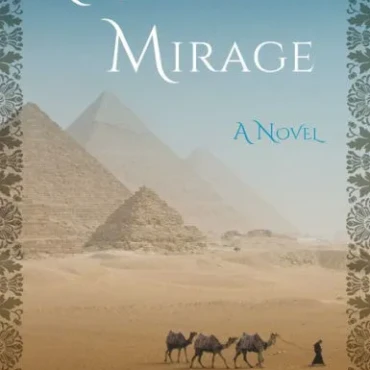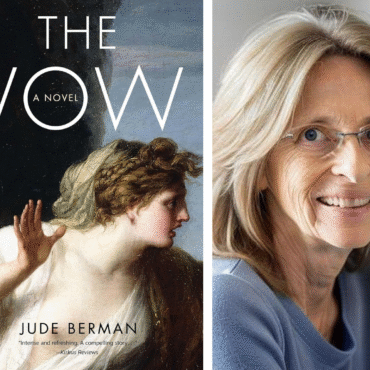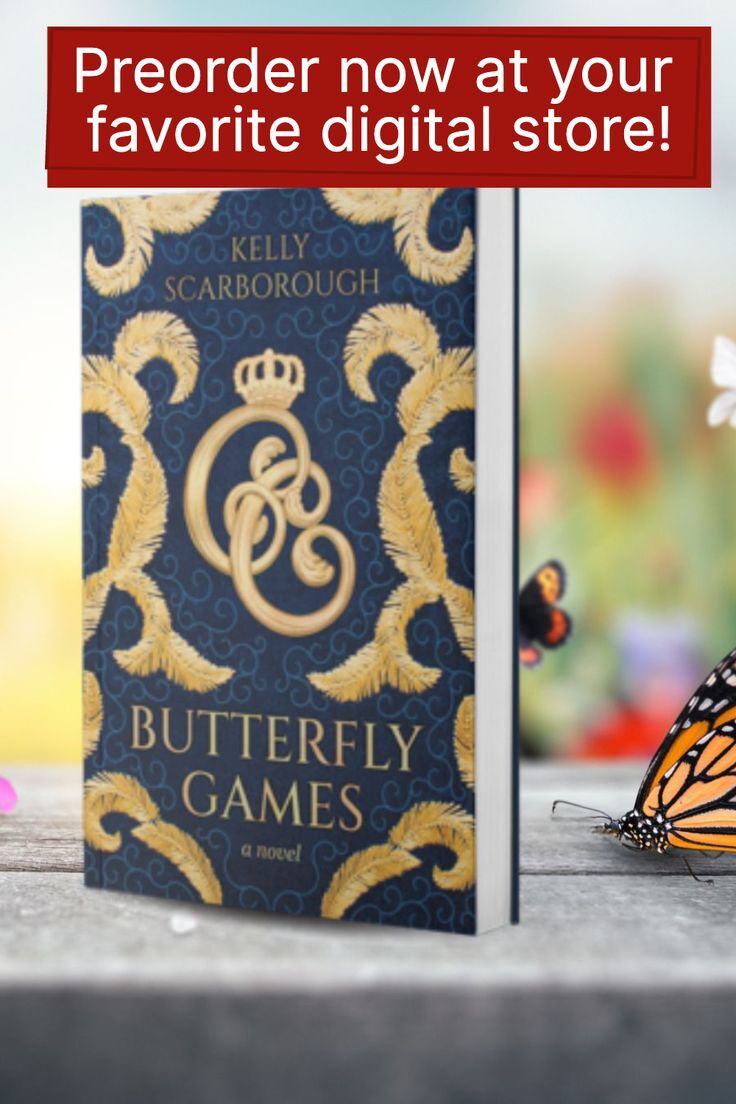Category: Favorite Authors

Q&A with Michelle Cameron: On Napoleon’s Mirage and the Illusions We Hold
Posted on July 11, 2025 in Favorite Authors
I love Napoleonic tales, especially those with far-flung settings distant from Bonaparte’s seat of power in Paris. Having already read and loved Michelle Cameron’s Beyond the Ghetto Gates, I couldn’t wait to get my hands on a copy of Napoleon’s Mirag…
READ MORE
Q&A with Jude Berman: On The Vow, Angelica Kauffman, and Reimagining a Forgotten Icon
Posted on May 8, 2025 in Favorite Authors
This month, I had the absolute pleasure of interviewing Jude Berman—historian, novelist, and all-around master of time travel (of the literary kind, that is). Her novel The Vow reimagines the life of 18th-century artist Angelica Kauffman, a name that…
READ MORE

